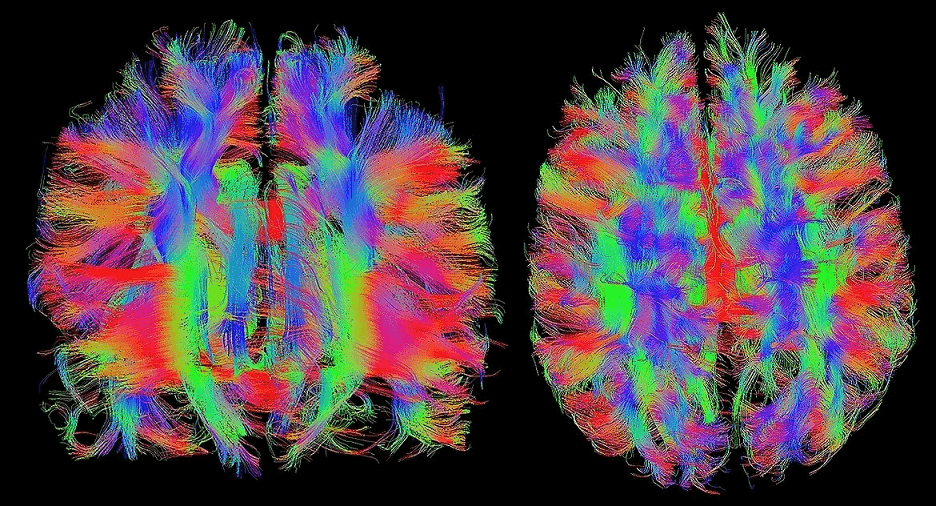Personal growth coaches, brain development apps and games claim that a person uses 5%, 10%, 20% of the neurons in his brain. They offer various algorithms and tools to increase activity to engage the brain 100% and make us as efficient as possible. We decided to check whether these statements have scientific basis.
The idea that a person does not fully use his brain attributed to even Albert Einstein. According to another version, the author of this hypothesis is the American philosopher and psychologist William James, who in the 90s of the 19th century formulated the theory of accelerated child development. About this in the preface to Dale Carnegie’s book “How to Win Friends and Influence People” wrote Lowell Thomas: "Professor William James says that people use only 10% of their mental capacity." Also the saying was attributed neuroscientist Wilder Penfield, founder and first director of the Montreal Neurological Institute at McGill University.
The average human brain weighs 1.4 kg. It consists of five sections: the medulla oblongata; posterior, which includes the pons, cerebellum and pineal gland; average; intermediate; the forebrain, represented by the cerebral hemispheres. Each part of the brain has its own “zone of responsibility”, responsible for conscious or unconscious actions. Even when we sleep and don’t think about anything, the brain gives commands that support and regulate our heartbeat, breathing and other internal processes. The brain is the most resource-consuming organ of our body. He consumptionefucks at least 50% glucose. From an evolutionary point of view, it would be impractical to maintain such an energy-consuming and at the same time only 10% efficient organ.

However, in certain pathologies, the functions of dead cells can be taken over by neighboring ones. Supposedly the myth of 10% was reinforced Parkinson's disease researchers. Indeed, with this disease, symptoms (hand tremors, unsteadiness when walking and dementia) appear approximately when 90% of the brain's neurons are destroyed. Also indicative example a French man who lost 90% of his brain due to hydrocephalus. His IQ was not high, but he functioned normally: he worked as a civil servant, was married and had two children, but he was not even aware of his disability until he came to the hospital complaining of weakness in his left leg. It was then, after an MRI, that doctors realized that most of his skull was filled with fluid and not brain matter. However, these cases are an example of the high adaptability of the brain, and not the ability of its normal functioning.
MRI studies of the brain showthat even when a person clenches his fists, utters a phrase or thinks about a thought, much more than 10% of the neurons in his brain are active. At the same time, in the image itself we see that only some of the areas glow red or orange, and this also gives rise to myths that only these zones are used. Popularizer of neuroscience Asya Kazantseva explains, that “a tomographic image is not a photograph at all, it is the result of computer data processing, and in it those areas of the brain are simply tinted brighter, the blood supply to which is currently significantly increased. But all other areas of the brain are also working at this moment, of course. If they didn't work, we would die."
At the same time, the brain never really uses all 100% of its cells at once, otherwise the organ would not be able to withstand such an energy overload. “In the brain, only small sections of neurons are activated at a time, which are constantly replaced - this is called the sparse coding method,” - explains American neuroscientist Richard Saitovich. He adds that “if most neurons were not used, evolution would have gotten rid of unnecessary brain volume long ago.”
Thus, a normal person actually uses his brain 100%. Moreover, each neuron has its own alternating periods of “work and rest,” but none of them ultimately stand idle in vain.

Fake
Read on the topic:
- TedEd: Richard E. Cytowic "What percentage of your brain do you use?"
- Asya Kazantseva “The brain is material”
- The Lancet "Brain of a white-collar worker"
If you find a spelling or grammatical error, please let us know by highlighting the error text and clicking Ctrl+Enter.






